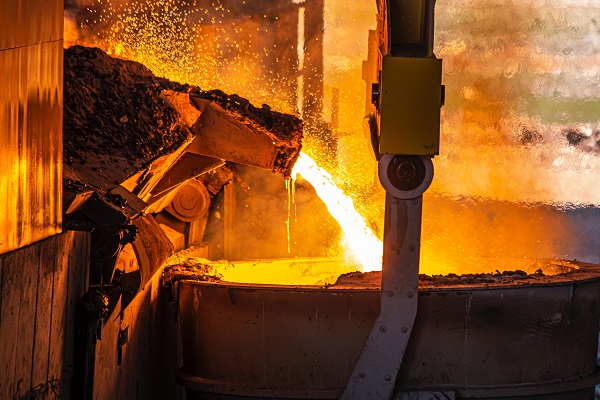
[Leaders Times] Negotiations between the EU and the U.S. on steel and aluminum tariffs are encountering difficulties as the October deadline approaches.
Both sides reached an agreement in October 2021, where the U.S., instead of exempting the 25% steel and 10% aluminum tariffs imposed by the previous Trump administration on national security grounds, agreed to impose tariff rate quotas (TRQ) based on the previous year's imports for EU steel and levy 25% and 10% , respectively, on steel exceeding the TRQ. This agreement took effect on January 1st and is set to expire on December 31st, with the provision that if no agreement is reached by the October 31st negotiation deadline, retaliatory tariffs by the U.S. on EU goods and the reinstatement of U.S. steel and aluminum tariffs will likely occur in the following year.
Regarding these negotiations, EU diplomatic sources have explained that both sides still have significantly differing positions, suggesting that reaching an agreement within the October 31st deadline is unlikely. However, it is worth noting that the timing for the reimposition of tariffs on steel and others is set for January of next year. Therefore, even if the October deadline for negotiations passes, there remains the possibility of further negotiations to prevent tariff reimposition.
The U.S. proposed replacing the steel and aluminum tariffs from the Trump administration with new tariffs based on carbon dioxide (CO2) emissions in the metal production process. This proposal aimed to protect U.S. steel industries with lower CO2 emissions during production and was seen as effectively maintaining the Trump administration's steel tariffs.
According to CRU International, a London-based private analytical company, the U.S. steel industry emits 1.24 tons of CO2 per ton of steel for flat steel, lower than Europe's 1.97 tons and the global average of 2 tons. For long steel products like wire, bars, and sections, the U.S. emits 460 kg of CO2 per ton of steel, compared to the EU's 810 kg and the global average of 1.88 tons. However, it is noted that the U.S. emits more CO2 in aluminum production compared to Europe.
The EU believes that the U.S. proposal has the potential to violate WTO agreements and that it must completely block any attempts by the U.S. to reintroduce steel tariffs based on national security in the future.
The EU has advocated for a "sustainable steel and aluminum agreement" by integrating its Carbon Border Adjustment Mechanism (CBAM), designed to create a level playing field for fair competition in the absence of carbon pricing systems like in the U.S., with traditional trade remedies. Regarding CBAM, the U.S. argued that its steel exports to the EU account for less than 1% of its total production, suggesting that the steel industry would not be significantly affected by CBAM. However, the U.S. demanded that the EU exempt its products from CBAM in case of future expansion. The EU currently opposes this.
To implement tariffs based on CO2 emissions and CBAM, both sides need data on carbon emissions for their domestic and imported steel products. They have agreed to establish a working group for data exchange and the development of a common emissions calculation method.
Regarding CO2 emissions data for steel, Ambassador Katherine Tai, U.S. Trade Representative, mentioned that her office has commissioned a CO2 emissions assessment report for dozens of steel and aluminum products produced in the U.S., which will also be disclosed to the EU. However, the deadline for this report is January 28, 2025, making it impossible to assess the CO2 emissions of various steel products by the EU-U.S. steel negotiation deadline of October 31st.
Therefore, it is suggested that both sides reach a general framework agreement beyond the negotiation deadline to prepare for the time after the submission of relevant reports. Additionally, even if the agreement on taxing based on carbon emissions fails, the U.S. and EU are likely to operate their respective tariff systems based on their own methods.








